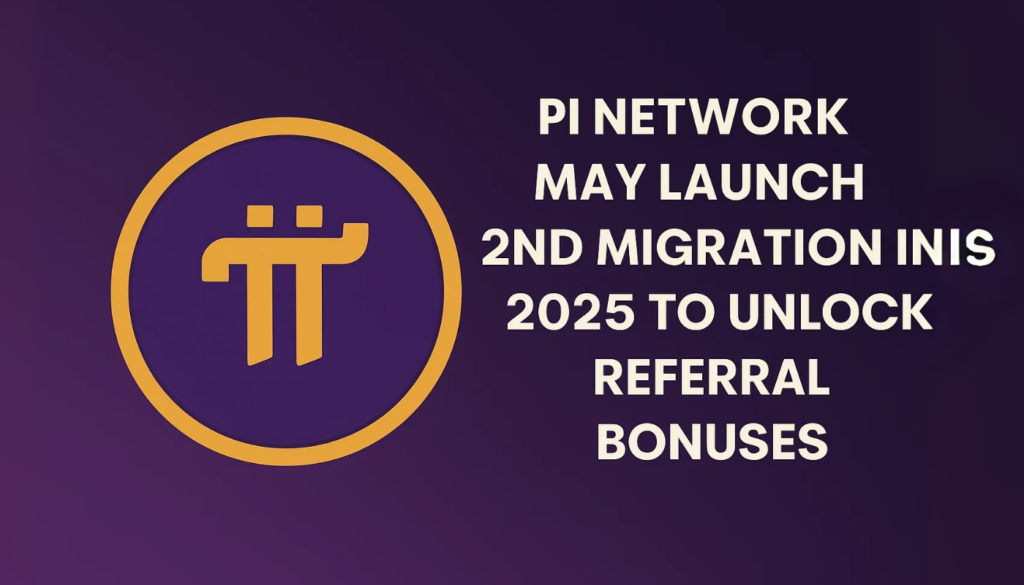The Pi Network community is abuzz after a moderator suggested a potential second mainnet migration in 2025, a move that could address unresolved referral bonus transfers and expand the project’s ecosystem.
Pi influencer Woody Lightyear shared the update on X, noting that the discussion arose from user concerns over delays in moving unverified balances and referral rewards. The moderator acknowledged that while the first migration remains ongoing, another migration this year was “possible” and could encourage Pioneers to remain active.
The Times of PiNetwork added that this second phase would specifically target unmigrated tokens, particularly referral bonuses and balances linked to users who recently completed KYC verification. The outlet also hinted that moderators may know more than they are disclosing publicly.
Migration in Pi’s ecosystem involves moving balances from the enclosed testnet into the live mainnet, enabling real-world usage across decentralized apps and services. While the initial migration proved scalability and brought early adopters onto mainnet, a second round could boost liquidity and increase active wallets.
Balances, Bonuses, and Market Risks
Analysts caution that while a second migration could resolve long-standing frustrations, the Pi Core Team may delay it to prevent oversupply in the market. With Pi’s estimated trading value fluctuating between $0.30 and $0.40, an abrupt release of referral bonuses could prompt mass selling.
Key points influencing the debate:
- Unmigrated tokens: Referral mining rewards remain locked.
- Liquidity needs: More active wallets could support ecosystem growth.
- Market caution: Premature releases risk price volatility.
For many in the community, the promise of migration has become a test of confidence. The outcome could determine whether Pioneers remain committed long-term.
Growing Ecosystem Activity
Speculation intensified after the Pi Core Team recently reminded users to enable two-factor authentication in Pi Wallets, part of the official migration checklist. Though presented as a security measure, the timing fueled expectations of another large-scale migration.
Meanwhile, Pi is seeking to build real-world utility. The Pi Hackathon has been launched to encourage developers to create decentralized applications, reinforcing the project’s ecosystem beyond speculation.
Broader blockchain trends may also bolster Pi’s position. The ERC-3643 Association, a group advancing tokenized real-world assets, recently welcomed Stellar—an infrastructure partner for Pi. Analysts say this could eventually allow Pi to participate in regulated digital asset markets.
The Pi Core Team has not formally confirmed the second migration. Still, community signals suggest growing momentum toward a broader rollout that could finally resolve referral delays while expanding Pi’s footprint in the global crypto landscape.


